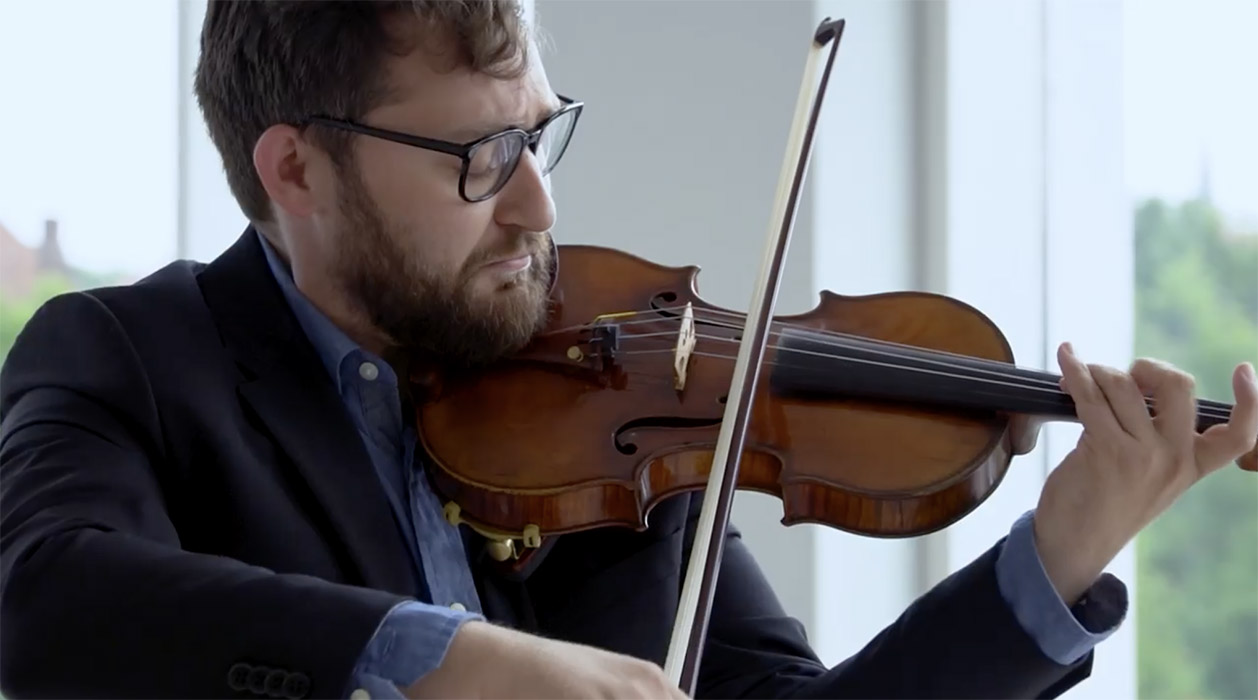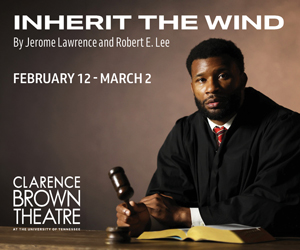At the very top of the front page of the New York Times on February 8, 1935 came the headline “Kreisler Reveals ‘Classics’ as Own; Fooled Music Critics for 30 Years.” For years, the renowned violinist Fritz Kreisler had featured short pieces in his recitals that he claimed were “re-discovered” works by lesser-known seventeenth and eighteenth century composers. Although some of Kreisler’s friends had been privy to the gentle deception, most critics and scholars applauded his efforts to revive unknown gems of the music repertoire. For those who couldn’t seem to take the joke, Kreisler replied “Necessity forced this course on me thirty years ago, when I was desirous of enlarging my programs. I found it tactless to repeat my name endlessly on the programs.” Composers that Kreisler had “re-discovered” included Vivaldi, Porpora, Padre Martini, Louis Couperin, Cartier, Dittersdorf, Stamitz, and Gaetano Pugnani.
Jump ahead 85-or-so years and the Tempo di Minuetto of poor “Gaetano Pugnani” is still showing up on recitals to delight listeners. This time, though, the recital—no hoax involved— was by Knoxville Symphony Orchestra Concertmaster and violinist William Shaub on the KSO’s Concertmaster Series at the Knoxville Museum of Art. With lyrical abandon, Shaub and his pianist, Kevin Class, also journeyed through a couple of “true” Kreislers, Praeludium & Allegro and Liebesleid, Salut D’Amour by Elgar, and Cantabile by Nicolo Paganini. Along with these, Shaub added a film work by Ennio Morricone, the theme from the 1988 Italian film Cinema Paradiso. All of these made up the theme of the evening “Tour of Italy.” As appetizers—or perhaps appropriately, antipasti—these were boldly played with just the perfect balance of crispness, warmth, and emotional depth, without being schmaltzy in the least.
The il secondo of the evening was not Italian at all, but no matter—Mendelssohn’s String Quintet No. 2 in B-flat. It was a mature work from the composer’s last years that had been completed in 1845, but not finished to the composer’s satisfaction, remaining unpublished until after his death. In the quintet, Shaub was joined by violinist Audrey Pride, violists Kathryn Gawne and Jennifer Bloch, and cellist Andy Bryenton.
There is definite substance to this Mendelssohn quintet, substance that Shaub and his KSO colleagues leapt into with spirit, strength, and agility, most assuredly in the first movement, an Allegro vivace. For the second movement, Andante scherzando, the ensemble chose a middle road tempo and introspective character somewhere between curiosity and seriousness that contrasted nicely with the opening.
In the third movement, an Adagio, one began to understand the degree to which Mendelssohn had promoted the first violin to a specific melodic leadership that almost suggests a move beyond chamber music toward a more symphonic music narrative. The final movement, Allegro molto, was almost over before you knew it, no doubt an indication of the work’s historical provisional state. Nevertheless, the work’s energy, variety, and solidity was matched and enhanced by the performers with a beautiful sense of style and ensemble-ness.
There is one more performance of this program tonight, October 7, at 7:00PM at the Knoxville Museum of Art.






